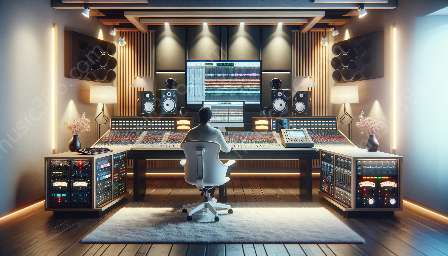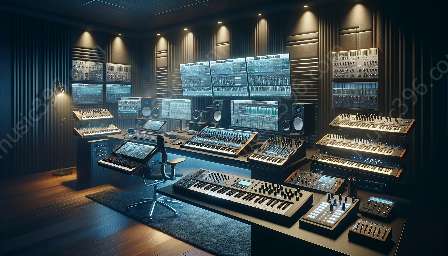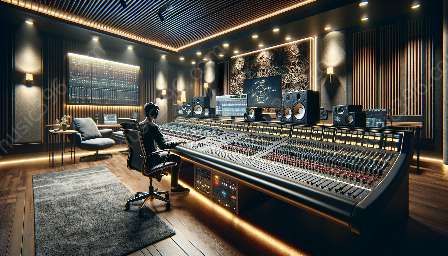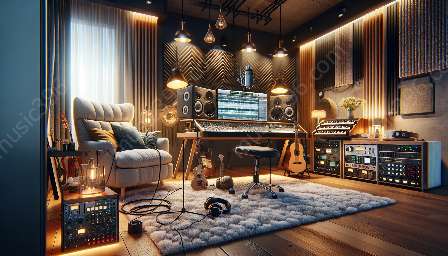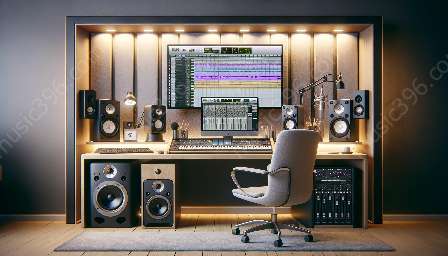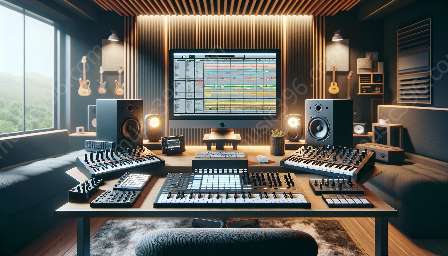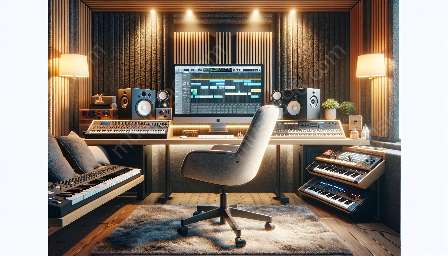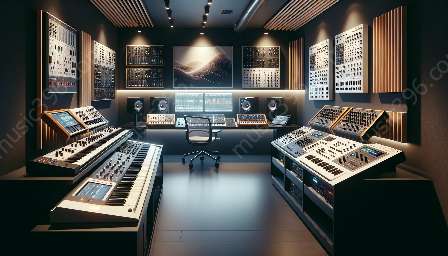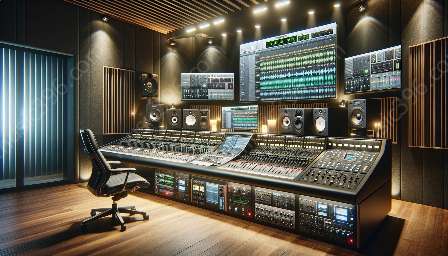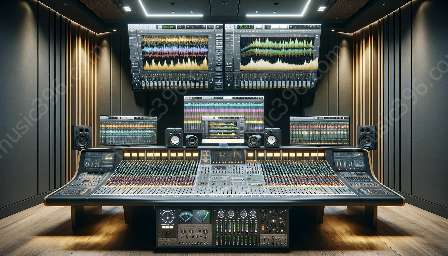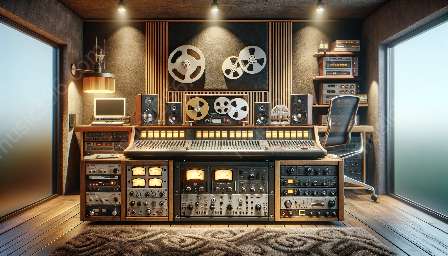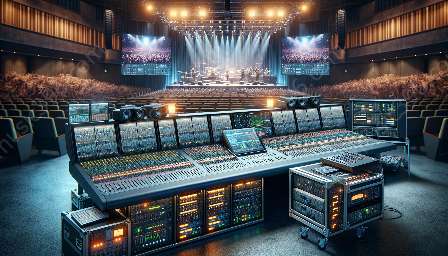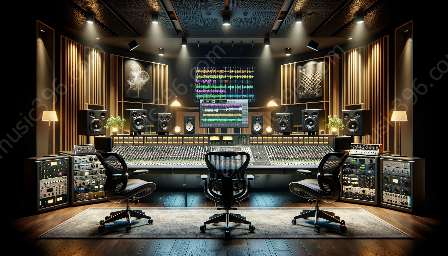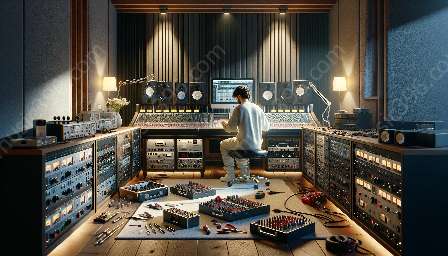In the world of audio production and music, the process of audio mixing plays a crucial role in shaping the final sound of a track. Understanding audio mixing involves a deep dive into various techniques, tools, and best practices that are essential for creating professional and well-balanced music tracks.
What is Audio Mixing?
Audio mixing refers to the process of combining and adjusting individual tracks and elements of a musical composition to create a cohesive and balanced final mix. It involves adjusting levels, panning, equalization, dynamics processing, and adding effects to enhance the overall sound.
The Importance of Audio Mixing
Audio mixing is an art form that can significantly impact the quality and impact of a music track. A well-executed mix can elevate the listening experience by creating a sense of depth, clarity, and emotion in the music.
Understanding the fundamentals of audio mixing is crucial for anyone involved in audio production, whether it be musicians, producers, or engineers. It allows them to sculpt the sonic landscape of a song and bring out the best in each element of the music.
Here are some key aspects that make audio mixing an essential part of the music production process:
- Balancing - Audio mixing involves adjusting the levels of individual tracks to create a cohesive and balanced overall sound. This ensures that no single element overpowers the mix, creating a pleasant listening experience.
- Enhancement - Through various techniques such as equalization and dynamics processing, mixing can enhance the tonal quality and impact of each instrument, voice, or sound in the mix.
- Creative Expression - Audio mixing allows for artistic expression, as it provides the opportunity to experiment with spatial effects, reverbs, delays, and other creative tools to shape the sonic character of the music.
Techniques and Tools
To achieve a professional and polished mix, it's essential to understand and apply a variety of audio mixing techniques and utilize the right tools. Some of the key techniques and tools include:
- Leveling and Balancing - Adjusting the volume levels of individual tracks to create a balanced and even mix.
- Equalization (EQ) - Shaping the frequency content of each track to ensure that they sit well together in the mix and have their own sonic space.
- Dynamic Processing - Using compressors, limiters, and other dynamic processors to control the dynamic range and consistency of the audio signals.
- Effects Processing - Applying reverb, delay, modulation, and other effects to add depth and character to the mix.
Best Practices
While learning the techniques and tools of audio mixing is important, following best practices can help ensure that the mix translates well across different playback systems and environments. Some best practices include:
- Reference Mixing - A/B referencing the mix with professional recordings to gauge its quality and make necessary adjustments.
- Monitoring Environment - Ensuring that the monitoring environment and speakers/headphones are of high quality and provide an accurate representation of the mix.
- Headroom and Gain Staging - Managing the levels and gain structure of the mix to prevent clipping and distortion.
- Versioning and Backups - Creating multiple versions and backups of the mix at different stages to preserve creative decisions and allow for easy revisions.
Conclusion
Understanding audio mixing is a fundamental skill for anyone involved in audio production and music. By mastering the art of audio mixing, one can create professional and captivating music tracks that engage and inspire listeners. With a solid grasp of the techniques, tools, and best practices, the process of audio mixing becomes not only technical but also a creative and rewarding journey.


